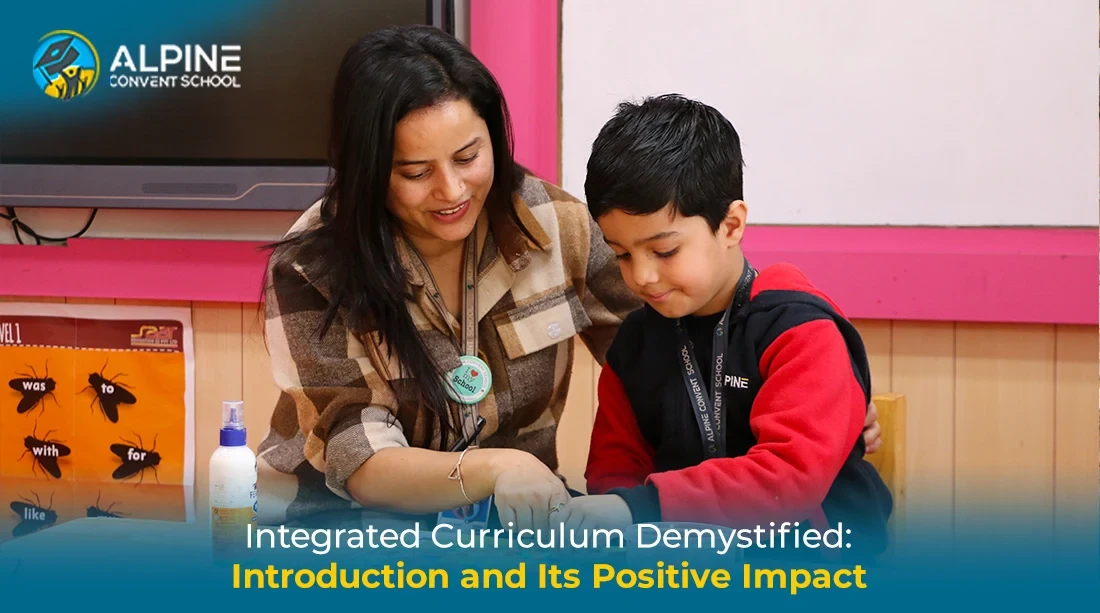
13 March, 2020
You do not need to read the whole post to conclude that the answer is yes – class size matters in education and have a profound impact on child’s learning. You may also know by now that the best schools in Gurgaon maintain smaller class sizes, keeping the student-to-teacher ratio low, as numerous researches have already shown test scores tend to improve when students study in small classes. However, the real question that needs addressing is whether a small class size is the sole necessity to improve performance?
And if so, what is the optimal number of students that schools should maintain in each class to ensure maximum effectiveness? Let us delve into these here, discuss more in detail the actual correlations between class size and education.
The arguments for smaller class size
The optimal number of students in each class
Going by the above study, the average number of students that should study in each class under a single teacher seems to be 15. But counter-arguments have erupted since the STAR project questioning its viability, both from the students’ and teachers’ side. One survey showed that there was no improvement in teaching quality when the number of students was brought down, say from 40 to 20. Teachers continued to follow their same instructional regime with hardly any modifications.
Another study questioned the competitiveness of small class matters in education. With a decreased number of students, the children now had fewer peers to learn from or engage with, thus reducing the capabilities of the performing student while aiding the average child a bit. The STAR Project, after all, returned overall figures. That too based on standardised tests. The personal approach was always missing from the study.
Hence, began the quest to find the optimal number of students that will benefit all. Currently, 25 is the average figure you will find when you list top schools in Gurgaon, with a few going marginally higher. That era is gone among good schools where classes were almost always packed with 50 odd students. Even if some schools maintain 30 students per class, other educational attributes are closely taken care of so that performance never hits any roadblocks.
The teaching quality dilemma
What use will be saying that class sizes matters in education if teaching quality does not improve with it considerably? If the goal is to achieve better personalization with smaller classes, why does it not happen? In reality, reducing the class size opens the scope of personalised education. The application, after all, depends on the skills of the teachers to implement it effectively.
This is where schools need to invest heavily in their teachers’ professional training and skill development right alongside their quest for reducing class sizes. Focus on any one area without the other will render the whole process useless.
Again, studies have shown that young students of the pre-primary and primary stages benefit the most out of smaller classrooms. And their performances can be significantly improved by giving personalised attention. The influence reduces as students advance through their grades and small classes and/or personalised education have a minimum impact at the senior levels once the primary opportunity is missed.
Search for optimal classes
Not just by the number, but the school’s initiative to train their teachers, curriculum design, infrastructure available and much more. Look into the best schools in Gurgaon with fee structure but also make sure that every other parameter is optimal as well.
The Alpine Convent School, being the best school in Gurgaon, is a strong believer that small class sizes matters in education and it takes care of the associated attributes. The curriculum is designed to follow a personalised approached and the teachers undergo professional skill development programs to maintain Alpine’s educational benchmark. Saying class sizes matters in education is just one part of a bigger story. Education will always entail so much more, always.





Get first-hand information on the top school in Gurgaon - Alpine Convent